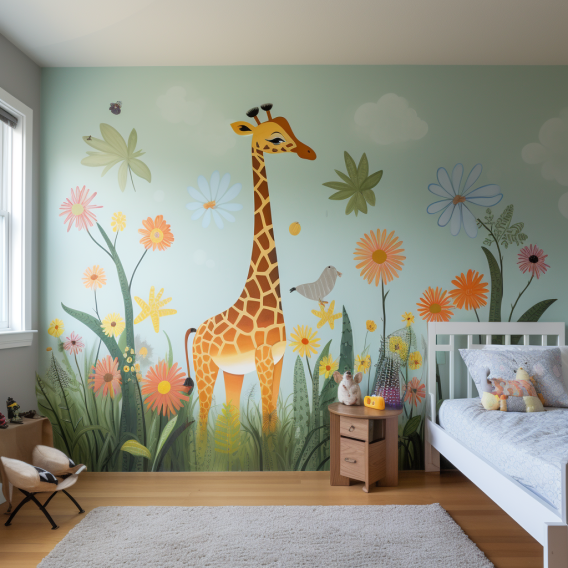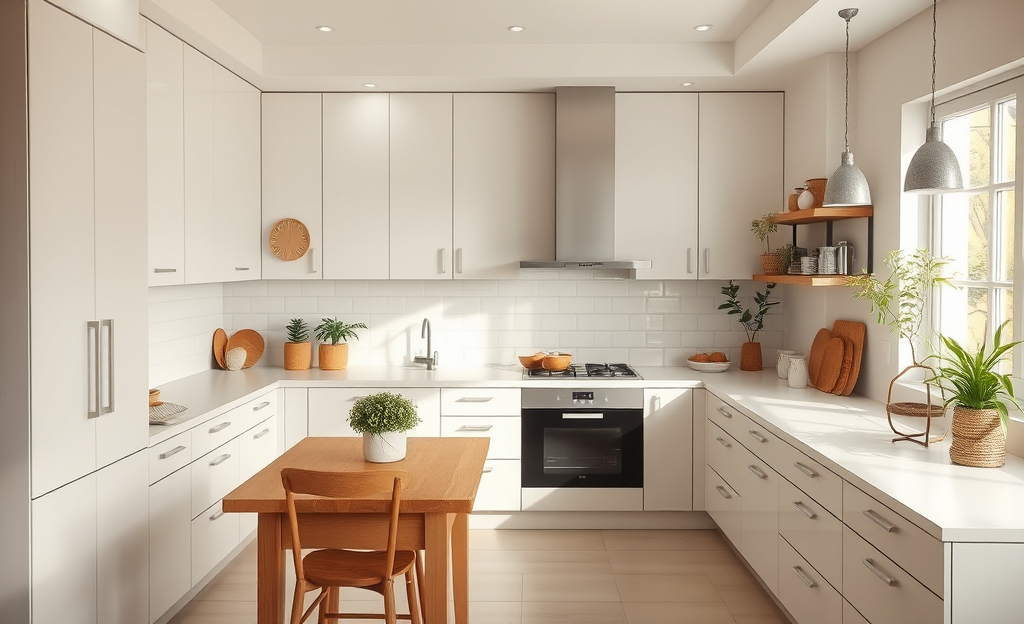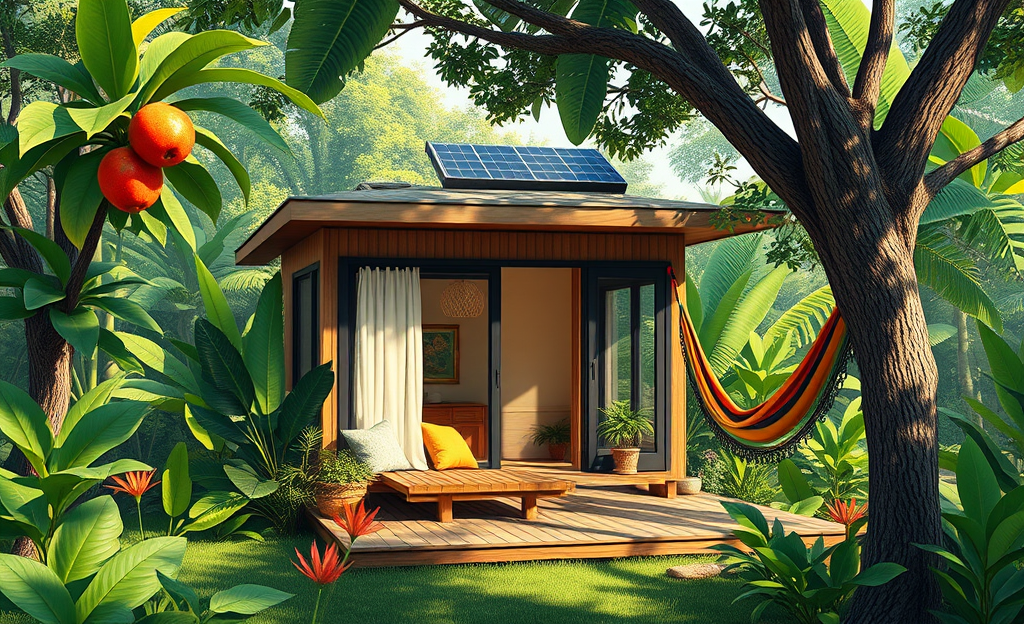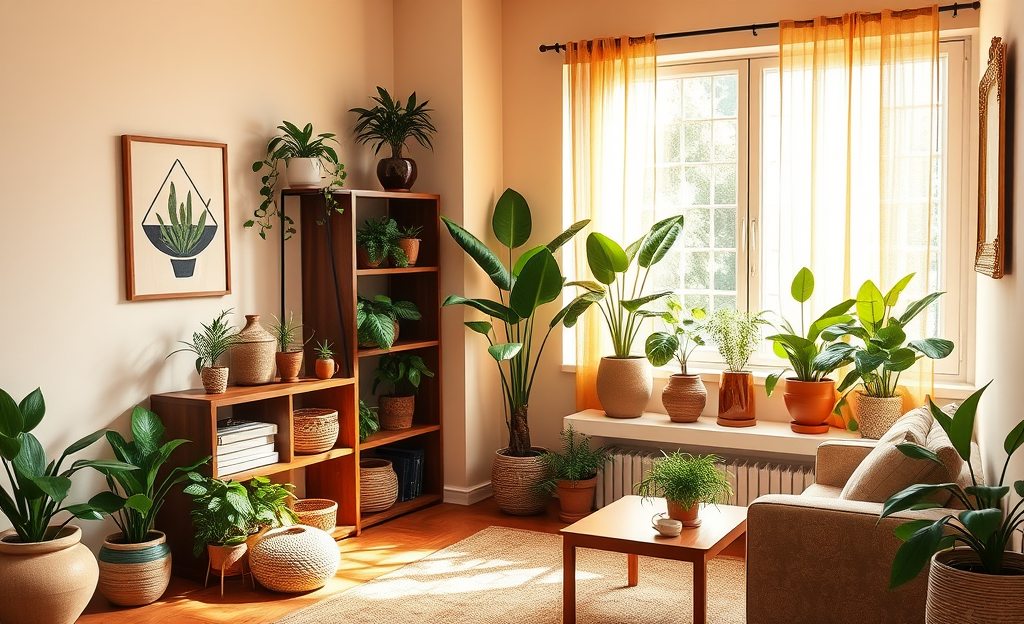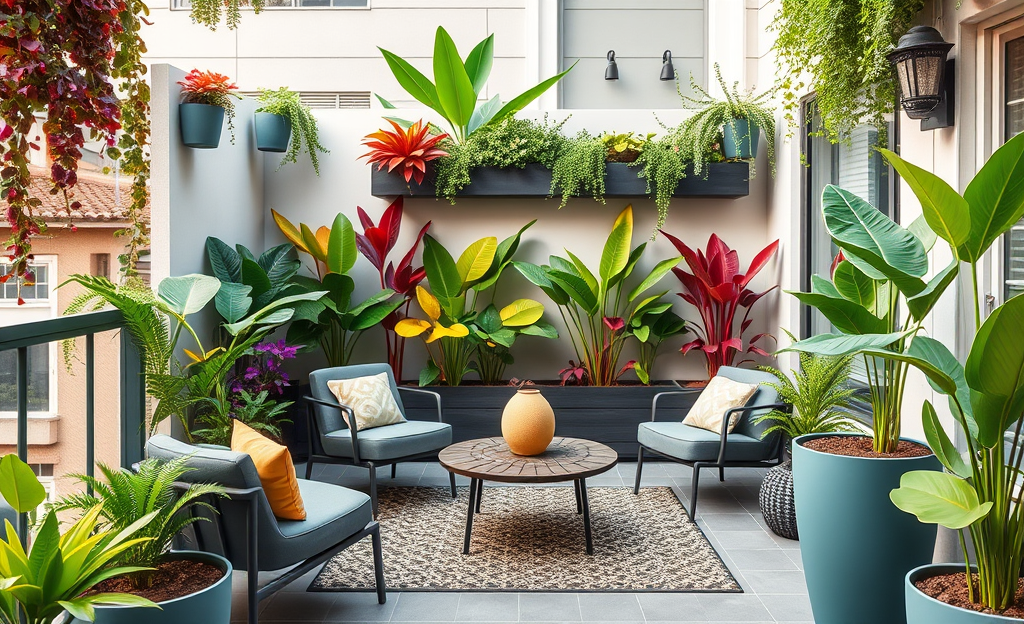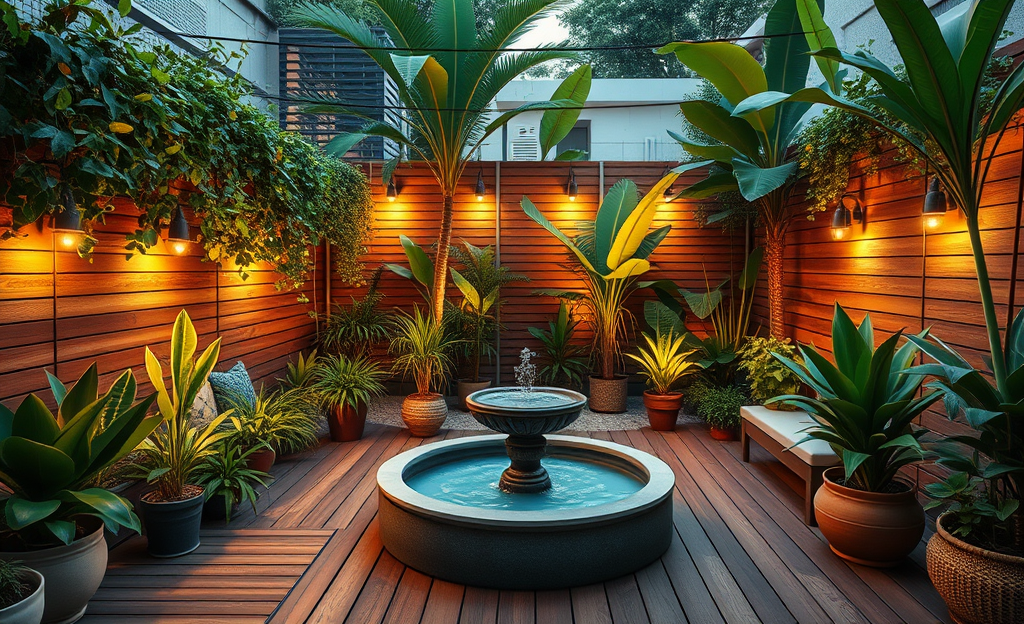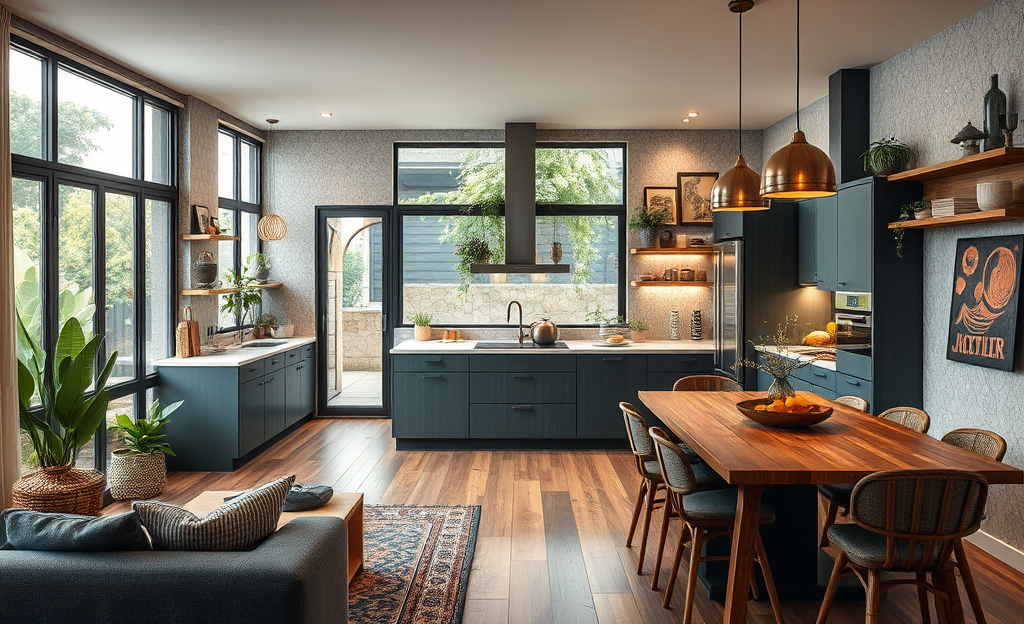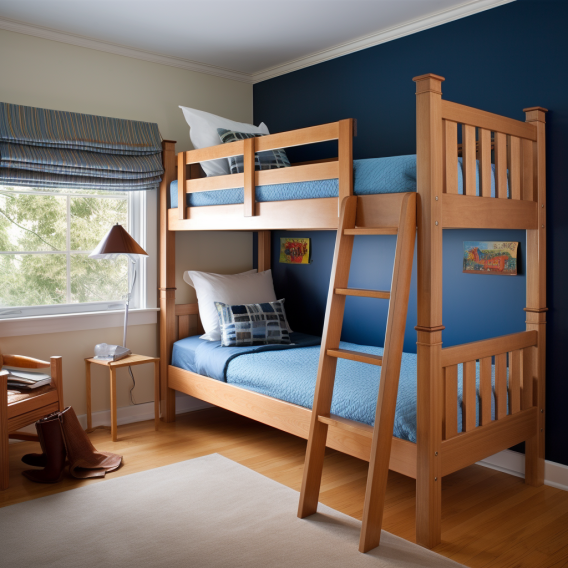
When it comes to furnishing a child’s bedroom, one of the fundamental decisions you’ll face is whether to go with bunk beds or twin beds. Both options have their advantages and disadvantages, and the choice largely depends on your child’s needs, the available space, and your preferences. Let’s explore the pros and cons of each:
Bunk Beds:
Pros:
- Space-Saving: Bunk beds are an excellent choice for smaller bedrooms or shared rooms. They maximize floor space, allowing room for other furniture or play areas.
- Siblings Sharing: Bunk beds are ideal for siblings sharing a room. They provide separate sleeping spaces while occupying the footprint of a single bed.
- Sleepovers: Bunk beds are perfect for sleepovers or accommodating guests. The lower bunk can serve as an extra bed when needed.
- Novelty and Fun: Many children love the novelty and adventure of sleeping in bunk beds. It can make bedtime more exciting.
- Storage Options: Some bunk beds come with built-in storage drawers or shelves, helping to keep the room organized.
Cons:
- Safety Concerns: The top bunk poses a safety risk, especially for younger children. Safety rails and guardrails are essential to prevent falls.
- Limited Headroom: The top bunk may have limited headroom, which can be uncomfortable for taller kids or adults.
- Difficulty Making the Bed: Making the top bunk can be challenging due to limited access.
Twin Beds:
Pros:
- Individual Space: Twin beds provide separate sleeping spaces, ideal for children who prefer their own space.
- Flexibility: They offer flexibility in room arrangement, making it easier to change the room layout or add more furniture.
- No Safety Concerns: Unlike bunk beds, twin beds have no height-related safety concerns, making them suitable for all ages.
- Ease of Bed-Making: Making the bed is simpler with a single mattress, and there’s no need to climb to the top bunk.
- Design Options: Twin beds come in various designs, making it easier to match the room’s decor.
Cons:
- Space Requirement: Twin beds can take up more floor space, which might be a concern in smaller rooms.
- Less Play Space: With two individual beds, there might be less room for play or other furniture.
- Cost: Purchasing two separate twin beds and mattresses can be more expensive than a single bunk bed.
Ultimately, the decision between bunk beds and twin beds depends on your specific needs, available space, and your child’s preferences. Safety is paramount when choosing bunk beds, so ensure they meet all safety standards, including sturdy guardrails and safe ladder access to the top bunk. Twin beds provide individual comfort and more flexibility in room arrangement. Consider your priorities and your child’s age to make the best choice for their bedroom.

